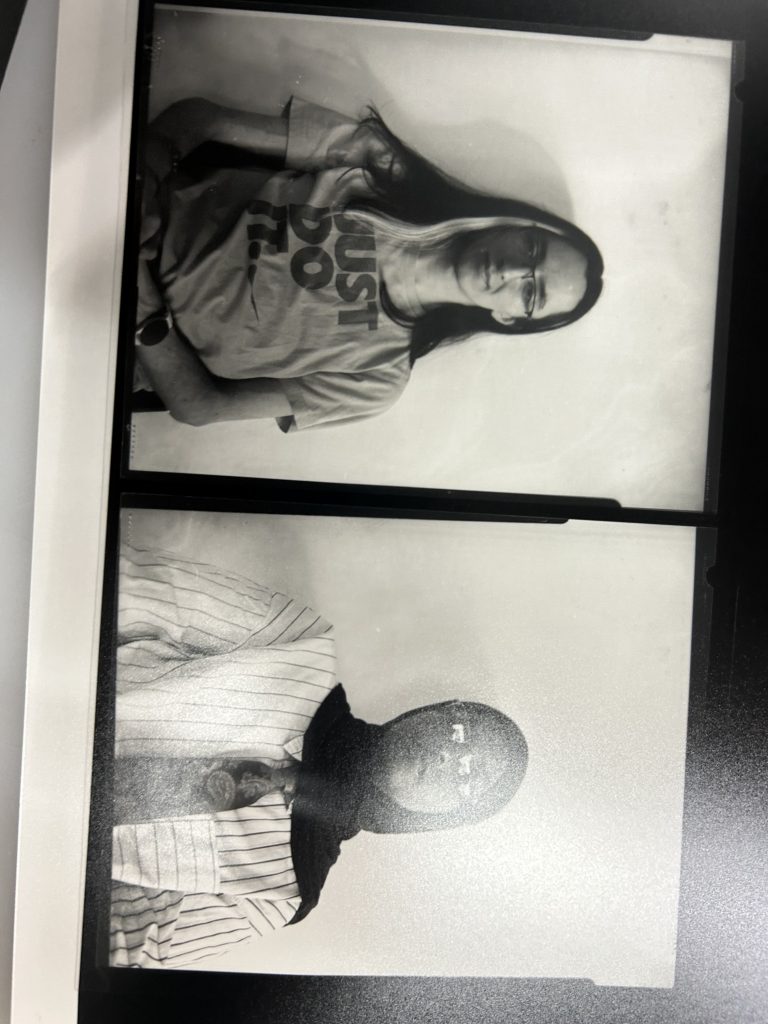This post reflects on “Technicians’ Conceptions of Their Role in Higher Education” by Clare Sams (2016). The essay explores how art and design technicians at the University of the Arts London (UAL) perceive their roles. It highlights their contributions to student learning, technical support, and creative practice.
I used this reading to reflect on the second part of the workshop I evidenced in ‘Reflective Post 1’.
The paper asserts that technicians see themselves playing an active educational role (rather than a supporting one) by teaching technical skills and guiding students through creative processes. I completely agree with this and this workshop is a co-teaching that is mostly led by the technical photography staff. The teaching I observe from the technicians in the Photography Department is often the most technical (obviously) and pedagogically considered.
Structure of the class:
The first part is health and safety and technical skills led by a technician.
The second part of the day is co-taught and we informally both feedback to the students on the darkroom-prints they are producing. My background is in darkroom printing so I am also able to offer technical feedback.
Class size is 15 with two members of staff. This low student-to-teacher ratio encourages discussion and creates a good active learning environment.
Diverse learners are catered for through the informal structure of this class. More time can be spent with students who take longer to process the technical instructions. There are also opportunities for co-teaching-learning between students as they can choose whether they work individually or in pairs on the enlargers.
Conclusion:
I always try to work closely with the technicians in the classroom and I see them, and the technical spaces, as one of the most integral parts to the student learning experience.
